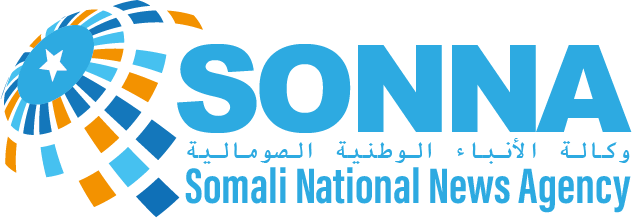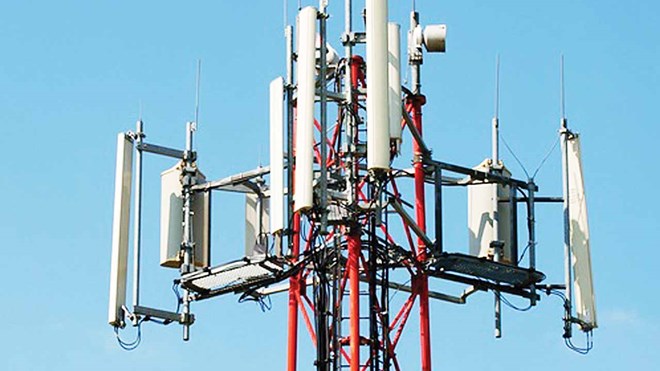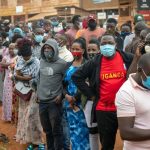(SONNA):Network upgrades and expansions in developing regions are very much in the news again – this time through a Millicom announcement involving some of its key Latin American markets and through plans from Hormuud Telecom in Somalia to bring 4G coverage to rural areas.
Millicom, a leading provider of fixed and mobile services operating under the Tigo brand in Latin America, has announced it will be investing $135 million over the next two to three years to upgrade its mobile network in partnership with Ericsson in three key Latin American markets: Honduras, Paraguay and Bolivia.
Millicom says it needs additional capacity to manage increased traffic as it continues to expand its network in the region. With Ericsson’s help it plans to modernize its networks with LTE, 5G-ready technology and in particular carrier aggregation, which allows the combination of different parts of the spectrum.
Among the products and solutions it will introduce, Ericsson will replace Tigo’s current 4G packet core and introduce Ericsson’s dual-mode 5G Core as part of the project. Across the three countries, Millicom says it will expand its network coverage to reach an additional 712 municipalities and 2.5 million people.
Operator Hormuud Telecom of Somalia also has expansion plans.
Hormuud began expanding its 4G network capacity in 2015 in partnership with the Somalia ministry of telecommunications, which estimates that across the country, over 11.25 million Somalis, some 70 percent of Somalia’s 15 million population, now have access to 4G internet.
Hormuud now aims to expand 4G network access across the country, giving millions of rural Somalis, who still rely on 2G, access to fast internet for the first time.
Hormuud’s aim for total 4G expansion in two years is in line with current government commitments: the government’s National ICT Policy pledges to reach total 4G coverage between 2024 and 2025.
Extending 4G also aims to support Somalia’s goal of becoming a cashless economy.
Mobile money plays a critical role in the Somali economy, with two-thirds of all payments made on mobile money platforms.
Source: DT





